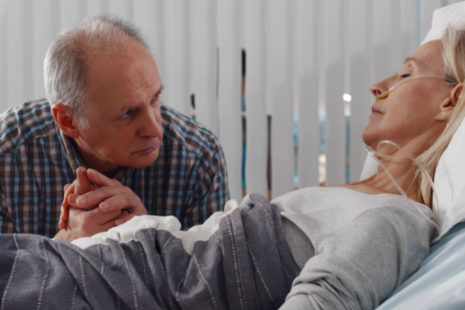The relationship between caregivers and their patients in the realm of home health care and hospice services is built on trust, compassion, and mutual respect. One aspect of this dynamic is the terminology used by caregivers to address their patients.
Let’s delve into the common terms caregivers use to address their patients, shedding light on the significance of language in fostering a supportive and dignified care environment.
- Patient-Centered Language
- Caregivers often use patient-centered language that prioritizes the individual’s dignity and autonomy.
- Using terms like “client,” “individual,” or “person served” recognizes the patient’s identity beyond their medical condition and empowers them to make decisions and express themselves.
- Personalized Terms of Endearment
- In the context of close caregiver-patient relationships, personalized terms of endearment may emerge.
- Caregivers may use terms like “dear,” “sweetheart,” or “buddy” as expressions of warmth and affection, fostering a sense of connection and comfort for the patient.
- Respectful Titles and Pronouns
- Caregivers demonstrate respect for their patients by using appropriate titles and pronouns.
- Terms such as “Mr.,” “Mrs.,” or “Ms.” followed by the patient’s last name uphold their dignity and honor their individuality.
- Preferred Name Usage
- Caregivers acknowledge and honor their patients’ preferences regarding how they wish to be addressed.
- Whether it’s a given name, nickname, or title, caregivers respect the patient’s choice, promoting a sense of agency and belonging.
- Cultural Sensitivity
- Cultural background and personal beliefs may influence how patients prefer to be addressed.
- Caregivers engage in culturally competent care by learning and respecting cultural norms related to language and communication, ensuring inclusivity and sensitivity in their interactions.
Caregivers who use patient-centered language and show respect for their patients’ cultural sensitivities can create a supportive and empowering care environment.







